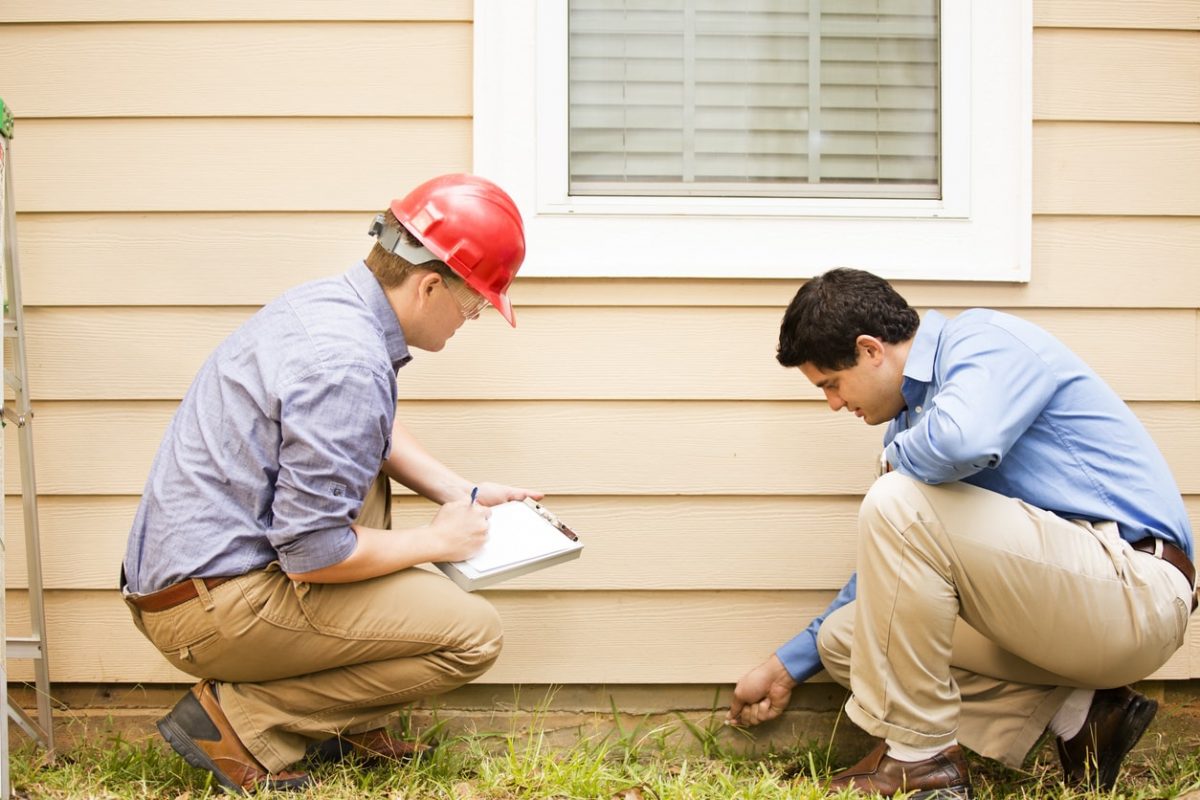How to Check Your Home’s Foundation Quality

The foundation is the base for your home, and foundation problems may result in expensive repairs. You will want to know what to look for to keep small concerns from becoming big headaches. Noticing early warning signs of foundation trouble can head off problems that could ultimately cost tens of thousands of dollars to fix. The sooner you identify potential issues, the easier and less expensive it is to fix them.
Indoor Warning Signs
Structures settle over time, and a little unevenness isn’t a cause for panic. Although, you’ll want to stay aware of certain warning signs that indicate significant changes are occurring. These include:
- Doors begin to jam or fail to latch.
- Cracks appear in walls, especially over doorways, windows, or where walls meet ceilings.
- Cracks open in vinyl or ceramic tile over a concrete floor.
- Windows begin to stick or won’t close completely.
Check the Outside
Examine the length of your foundation wall from each corner. Walls should be pretty straight, both up and down and from side to side. Check for leaning walls with a level.
A bulge or curve in either a block foundation or a poured concrete wall could mean the foundation has shifted, or the soil around your foundation may be expanding and contracting, putting pressure on walls.
With a poured perimeter foundation concrete should be so hard that you can’t damage it. If you break a piece off by simply poking it, the concrete could be deteriorating due to a mix containing dirty or salty sand, or too much water. This problem requires a new foundation.
Structural Components
Foundations have other components other than the perimeter foundation wall. Check posts and concrete supports, or piers in the basement or crawlspace. Posts should stand straight and be secure under-supported beams. Bottoms of posts should rest firmly on concrete piers.
Wet framing is a big red flag. Check for rot by probing wood posts with a screwdriver. Puddles and other signs of moisture in a crawl space may indicate poor drainage. Be sure that gutters are draining properly, and that soil slopes away from the foundation.
Foundation Cracks
As concrete cures, it shrinks slightly. Where the concrete can’t shrink evenly, it tends to crack. It is common for concrete and block foundations to have a few cracks. The trick is recognizing which are insignificant and which are cause for concern.
Hairline cracks between concrete blocks are rarely worth worrying about. Cracks at an L-shape section, such as where a foundation slopes down to follow a hillside, are probably shrinkage cracks, especially if they curve down to a hairline. Stair-step cracks in stone are a bigger concern. A plugged gutter or other moisture issues are probably due to exerting pressure. Horizontal cracks are quite serious, as water-saturated soil may have frozen and expanded, breaking the foundation. This will probably call for a whole new foundation.
Should your home be damaged, having the right homeowners insurance policy will ensure that you aren’t responsible for all of the costs of repair or possible litigation. A New Mexico insurance agency can assist you in your time of need. Contact an agent today for more information.
About Daniels Insurance, Inc.
At Daniels Insurance, Inc., we have a unique understanding of the risks that people like you face on a regular basis. With the backing of our comprehensive coverages and our dedication to customer service and quick claims resolution, your business will be fully protected. For more information, contact us today at (855) 565-7616.
